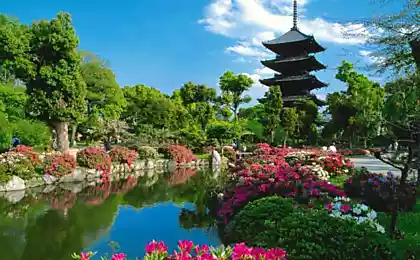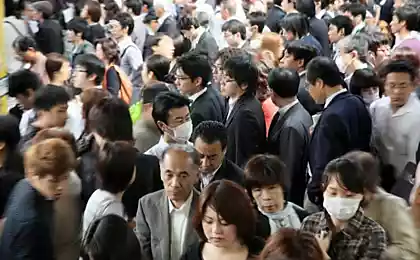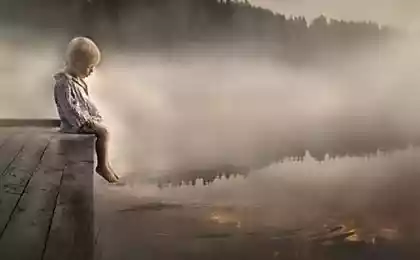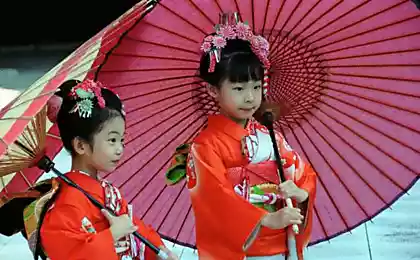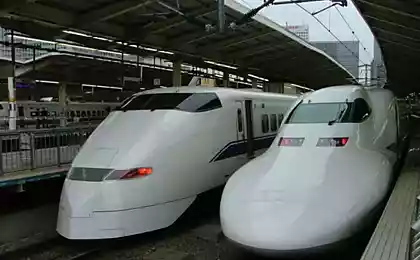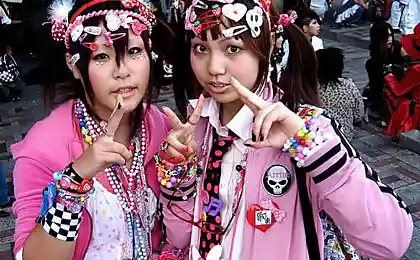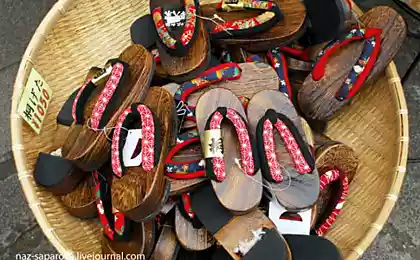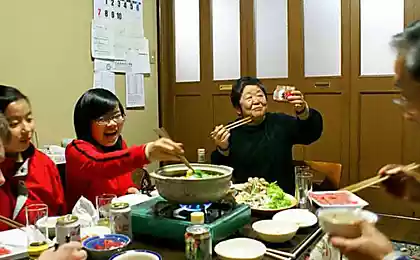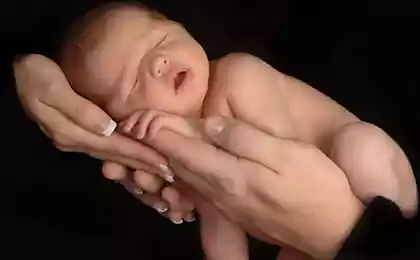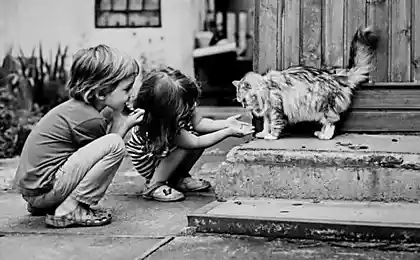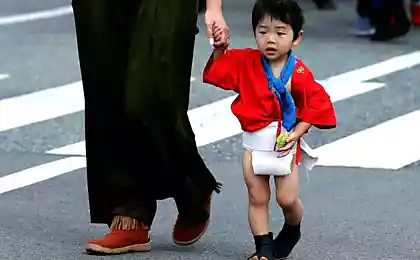792
Children in Japan.
Say, you would have to keep at home ... its own umbilical cord, the rest of the party? In Japan, it is - custom. In the hospital after the birth the midwife cuts the part of the umbilical cord dries up and puts it in a special box, the size of a little more than a match. In the box are written the names of the mother and baby. It is a strong symbol of the relationship between them, defining at least the first three years of life a little Japanese.
Will be 10 photos + text.
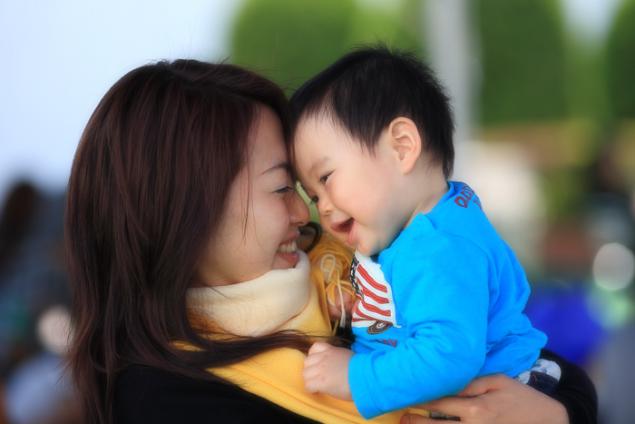
Traditions of Japanese society, who can not shake or earthquake or tsunami, most require mother to educate their children and do not approve of any of her helpers in this. The first three years - the most difficult since the Japanese from 0 to 5 years old are allowed to absolutely everything. Golden time! And my mother had no choice as the permanent follow the baby, so he is not got into trouble.
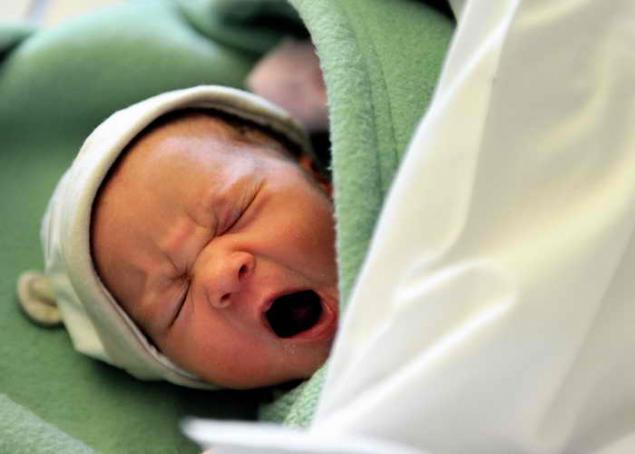
Beginning three years, little Japanese goes to kindergarten. The state takes care of the institution where kids are mothers employed full-time (hoykuen). There is a seven-hour kindergartens - for children mothers, working 4 hours a day (etien). The most prestigious (and most expensive) - kindergartens to universities, on the "end" of which the child will not have problems with entering into a good school, and later - and the leading university in the country. Cribs available at kindergartens, almost filled - because of the reprehensible opinion.

Games and activities in the Japanese kindergarten children are in the same room; there they are eating. Every six months, the group completely changed. This is fully consistent with the peculiarities of education of preschool age children in Japan: the main thing here - not knowledge, and life skills in the community. The emphasis in the classroom is on arts and crafts, singing and sports games. In all events, children and educators participate together as equals.

We spend a lot of excursions to places of interest, and the whole group and for the whole day. Since being brought up endurance. Leadership and allocation of powers is not encouraged. Disputes and competition, and even more, humiliation of another person is prohibited. The kid has to learn to work in a group and do not live with their interests, but collective. When a young Japanese man becomes an adult, a sense of team, "stitched" since childhood, will be the basis of successful work in the corporation.
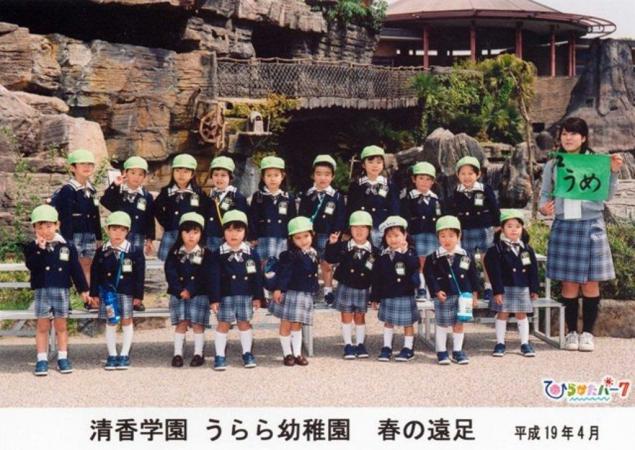
The next period - from 5 to 15 years - changes with the child on a strict, demanding. It begins with the entrance exams ... in school. The young Japanese, who failed them, has a chance to be trained in the preparatory school and try a second time to pass the exams next year. Education in Japan is divided into primary, secondary and high school and university. Education in the first two compulsory and free at the same time - it is a state program. Further training - completely paid, with no exceptions. Duration of training - 6, 3, 3, and 4, respectively.

Every school, public or private, has its unique form - as the foundations of ethics. Most schools are suitable for the appearance of the student rather strict: short hair for boys, natural hair color, no zavivok, cosmetics and manicure for girls. For them, however, may be easing in terms of wearing a wrist watch. But the socks should be only white, black or dark blue, other colors are not allowed. Including the confiscation of socks.
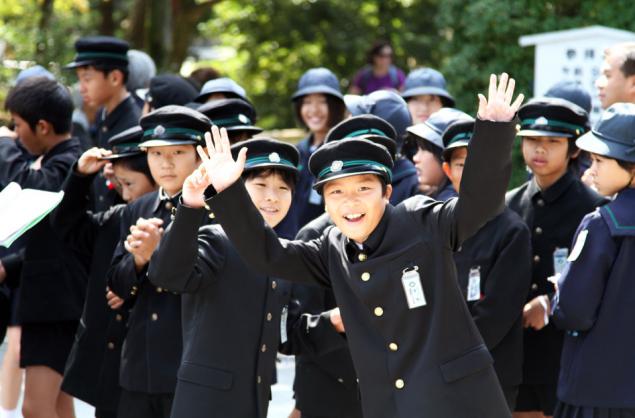
The school day in school starts at 8:30 and ends at 15:00. Training days are except Sunday. The school year begins in April and is divided into three terms: the first - from April 5 to July 20; the second - from 31 August to 26 December; third - from 6 January to 25 March. Between each term - vacation; in the summer and winter are given homework. Exams taken at the end of each trimester, in the middle of the first and second trimesters, and during the transition from middle school to senior.
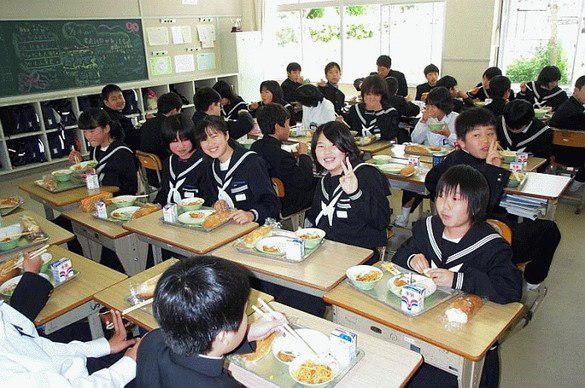
The focus is on school mathematics, social sciences, crafts, music and physical education. Student must be able to read and write kanji (hieroglyphs, borrowed from the Chinese), katakana and hiragana, as well as on the Latin alphabet, which is especially important to learn English. Among the items - the art of Japanese calligraphy and poetry haiku. But the Japanese school not step behind our time. It is clear that without the advanced technology and the Internet - is not a Japanese school.
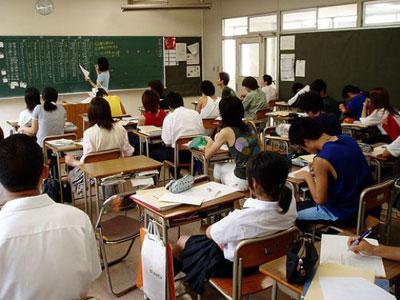
Since high school, the young Japanese are beginning to get accustomed specifically authorized employees of the personnel department of companies, firms and corporations. If the student, excellent finish school, get good results for admission to college or university, it will become the basis for his support of the company are interested in it. For education, it will pay it. Imbued with the spirit of enterprise, a young Japanese man then goes to work exactly in this company. Where he and deducted from the salary subsidies for education - to the last yen ...
A source.
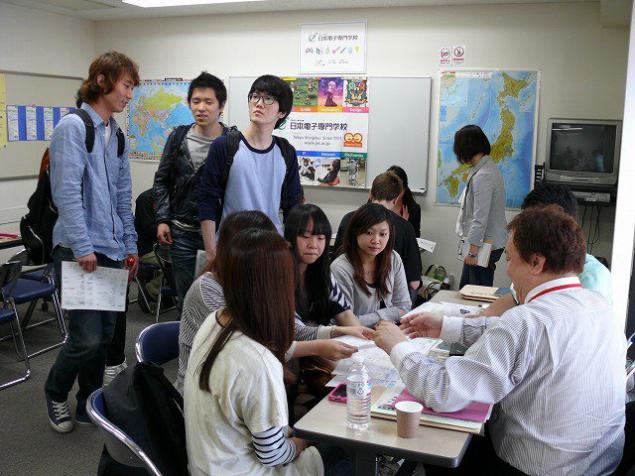
Source:
Will be 10 photos + text.

Traditions of Japanese society, who can not shake or earthquake or tsunami, most require mother to educate their children and do not approve of any of her helpers in this. The first three years - the most difficult since the Japanese from 0 to 5 years old are allowed to absolutely everything. Golden time! And my mother had no choice as the permanent follow the baby, so he is not got into trouble.

Beginning three years, little Japanese goes to kindergarten. The state takes care of the institution where kids are mothers employed full-time (hoykuen). There is a seven-hour kindergartens - for children mothers, working 4 hours a day (etien). The most prestigious (and most expensive) - kindergartens to universities, on the "end" of which the child will not have problems with entering into a good school, and later - and the leading university in the country. Cribs available at kindergartens, almost filled - because of the reprehensible opinion.

Games and activities in the Japanese kindergarten children are in the same room; there they are eating. Every six months, the group completely changed. This is fully consistent with the peculiarities of education of preschool age children in Japan: the main thing here - not knowledge, and life skills in the community. The emphasis in the classroom is on arts and crafts, singing and sports games. In all events, children and educators participate together as equals.

We spend a lot of excursions to places of interest, and the whole group and for the whole day. Since being brought up endurance. Leadership and allocation of powers is not encouraged. Disputes and competition, and even more, humiliation of another person is prohibited. The kid has to learn to work in a group and do not live with their interests, but collective. When a young Japanese man becomes an adult, a sense of team, "stitched" since childhood, will be the basis of successful work in the corporation.

The next period - from 5 to 15 years - changes with the child on a strict, demanding. It begins with the entrance exams ... in school. The young Japanese, who failed them, has a chance to be trained in the preparatory school and try a second time to pass the exams next year. Education in Japan is divided into primary, secondary and high school and university. Education in the first two compulsory and free at the same time - it is a state program. Further training - completely paid, with no exceptions. Duration of training - 6, 3, 3, and 4, respectively.

Every school, public or private, has its unique form - as the foundations of ethics. Most schools are suitable for the appearance of the student rather strict: short hair for boys, natural hair color, no zavivok, cosmetics and manicure for girls. For them, however, may be easing in terms of wearing a wrist watch. But the socks should be only white, black or dark blue, other colors are not allowed. Including the confiscation of socks.

The school day in school starts at 8:30 and ends at 15:00. Training days are except Sunday. The school year begins in April and is divided into three terms: the first - from April 5 to July 20; the second - from 31 August to 26 December; third - from 6 January to 25 March. Between each term - vacation; in the summer and winter are given homework. Exams taken at the end of each trimester, in the middle of the first and second trimesters, and during the transition from middle school to senior.

The focus is on school mathematics, social sciences, crafts, music and physical education. Student must be able to read and write kanji (hieroglyphs, borrowed from the Chinese), katakana and hiragana, as well as on the Latin alphabet, which is especially important to learn English. Among the items - the art of Japanese calligraphy and poetry haiku. But the Japanese school not step behind our time. It is clear that without the advanced technology and the Internet - is not a Japanese school.

Since high school, the young Japanese are beginning to get accustomed specifically authorized employees of the personnel department of companies, firms and corporations. If the student, excellent finish school, get good results for admission to college or university, it will become the basis for his support of the company are interested in it. For education, it will pay it. Imbued with the spirit of enterprise, a young Japanese man then goes to work exactly in this company. Where he and deducted from the salary subsidies for education - to the last yen ...
A source.

Source:

